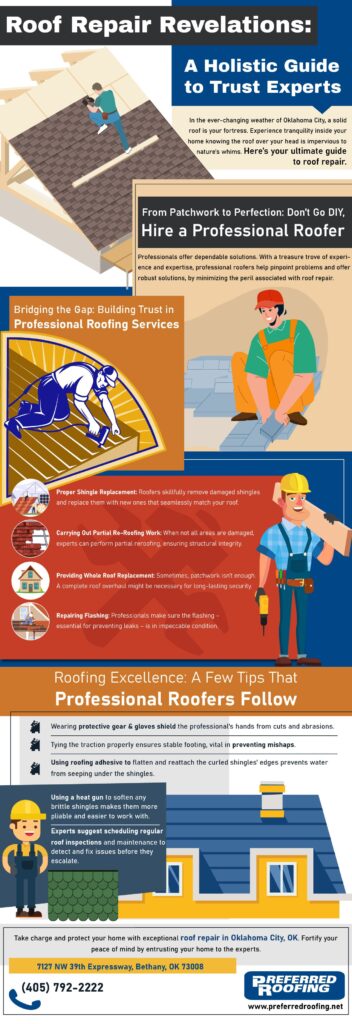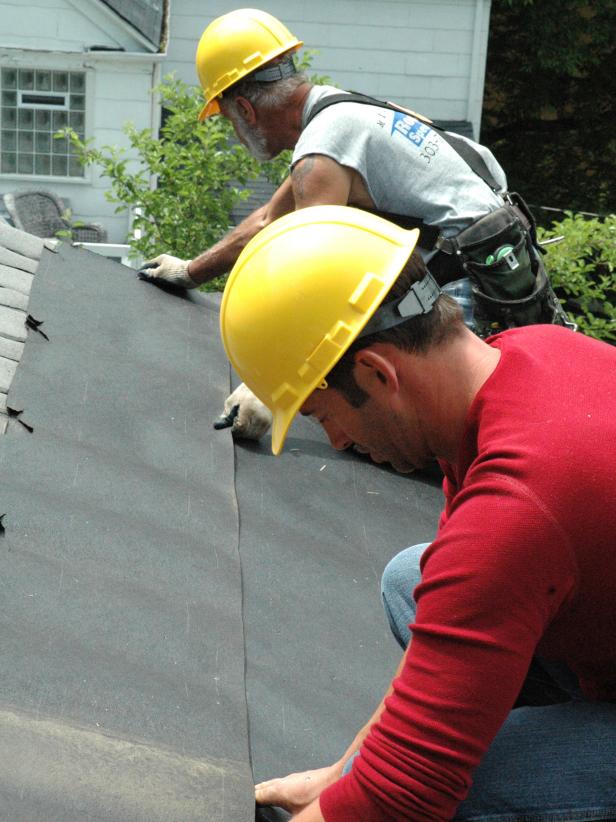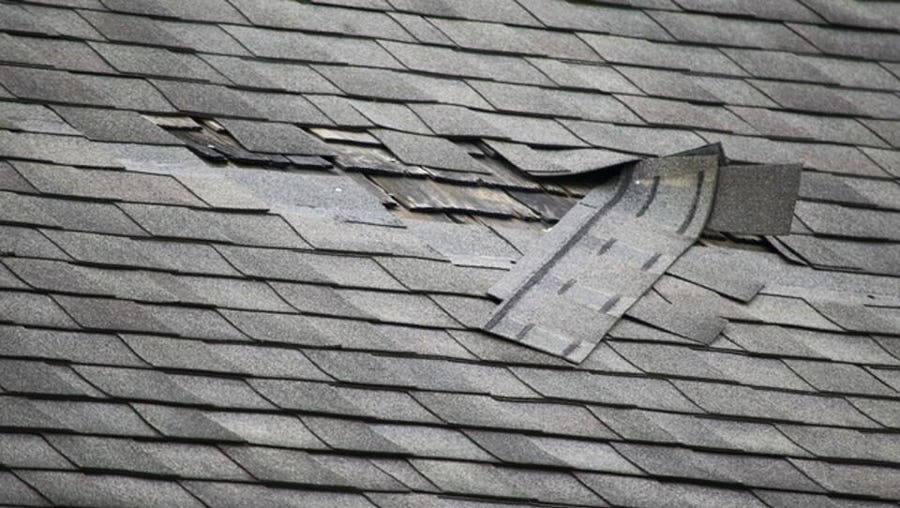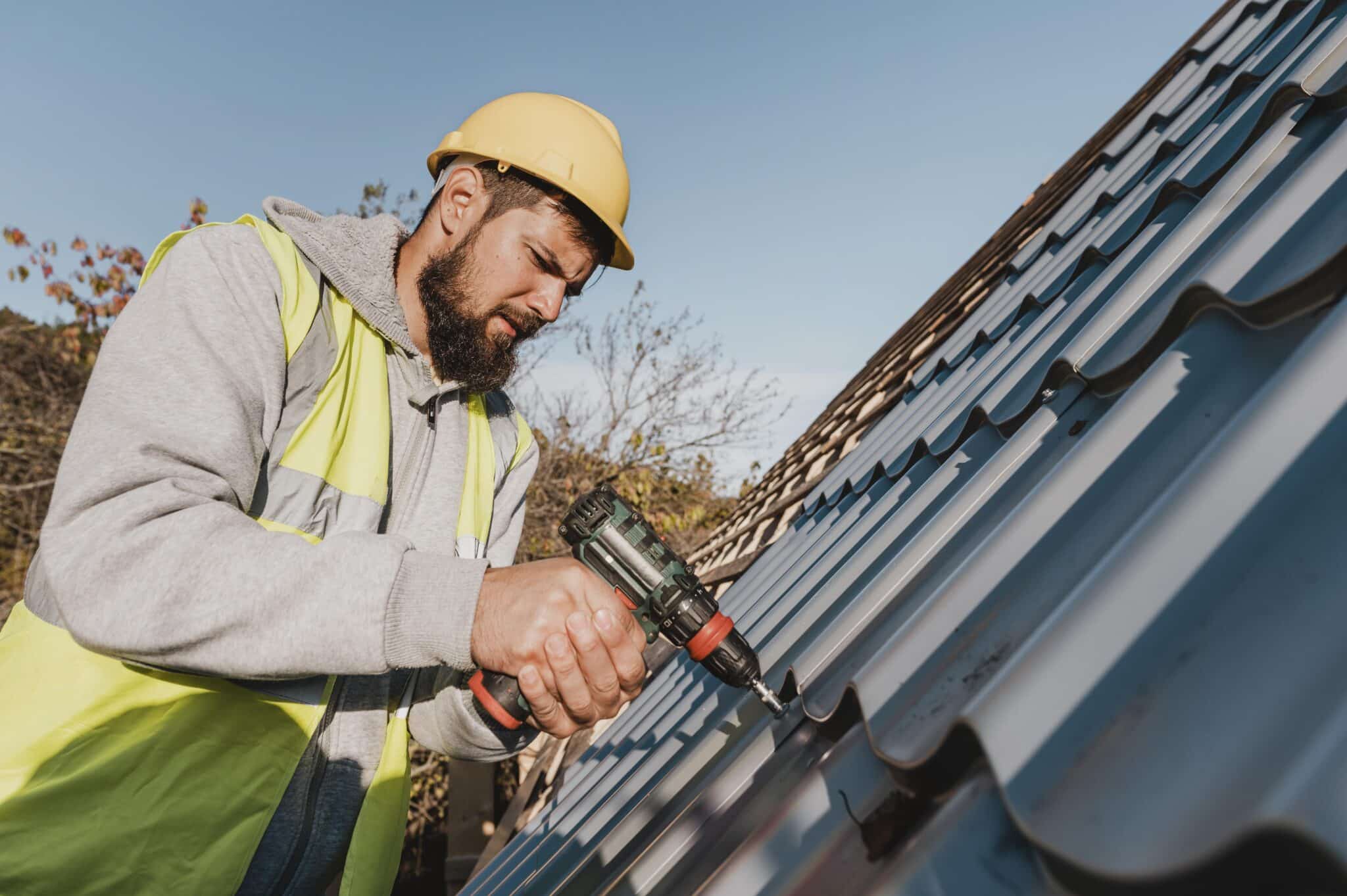In this article, you will learn valuable expert tips on how to repair a damaged roof efficiently and effectively. Whether your roof is leaking, has missing shingles, or has suffered more severe damage, these tips will help guide you through the process of repairing it to ensure your home’s safety and longevity.
First, start by assessing the damage and determining the extent of the repair needed. Look for missing or damaged shingles, leaks, or any structural issues. Next, gather the necessary tools and materials for the repair, including shingles, nails, roofing cement, and a ladder. Make sure to choose high-quality materials to ensure a long-lasting repair. Lastly, follow the proper safety protocols throughout the repair process, including wearing protective gear and using caution when working at heights. By following these expert tips, you can effectively repair a damaged roof and protect your home from further damage and potential leaks.
Steps to Assess the Roof Damage
Inspecting for Visible Signs of Damage
The first step in repairing a damaged roof is to assess the extent of the damage. Start by inspecting the roof for any visible signs of damage. Look for missing or damaged shingles, cracked tiles, or any other signs of wear and tear. Pay attention to areas where the roof meets the chimney, vents, or skylights, as these are common areas for leaks to occur. It is important to assess the overall condition and identify any areas that may need immediate attention.
Checking for Leaks and Water Damage
After inspecting the roof for visible signs of damage, check for leaks and water damage inside your home. Look for water stains on the ceiling or walls, damp spots on the attic floor, or any signs of moisture or mold. Leaks can be tricky to locate, so it may be necessary to systematically check each area of the roof using a hose to simulate rain. Pay attention to any areas where the water seems to be penetrating the roof or collecting in the attic. This will help you identify the source of the leak and determine the appropriate repair method.
Examining the Roof’s Structure
In addition to inspecting for visible signs of damage and leaks, it is crucial to examine the roof’s structure. Look for any sagging or uneven areas, as this could indicate structural issues. Check the condition of the trusses or rafters and look for any signs of damage, such as rot or insect infestation. It is important to address any structural issues promptly to ensure the stability and safety of your roof.
Preparing for Roof Repair
Gathering Tools and Materials
Before you begin repairing your damaged roof, gather all the necessary tools and materials. This will save you time and ensure that you have everything you need to complete the repairs. Some common tools and materials you may need include a ladder, safety harness, hammer, nails, pry bar, roofing cement, shingles, flashing, tarp, plastic sheeting, and a caulking gun. Having these items on hand will make the repair process much smoother.
Ensuring Safety Measures
Safety should be your top priority when repairing a damaged roof. Always follow proper safety precautions to prevent accidents and injuries. Make sure you have a sturdy ladder and, if possible, use a safety harness to secure yourself while working on the roof. Wear appropriate protective gear, such as gloves, safety glasses, and sturdy shoes. It is also important to avoid working on the roof during adverse weather conditions, such as high winds or heavy rain. If you are unsure about your ability to safely repair the roof, it is always best to seek professional help.

This image is property of www.solutionsgc.com.
Temporary Fixes for Immediate Relief
Covering Leaks with Tarps or Plastic Sheeting
If you have identified a leak in your roof, it is important to provide immediate relief to prevent further damage. One temporary fix is to cover the leak with a tarp or plastic sheeting. Start by locating the source of the leak and position the tarp or plastic sheeting over the affected area. Make sure the tarp or sheeting extends past the leak and is securely fastened to the roof. This will provide a temporary barrier against water penetration until you can properly repair the roof.
Applying Roof Sealant to Cracks
Another temporary fix for a damaged roof is to apply roof sealant to any cracks or gaps. Roof sealant, also known as roofing cement or mastic, is a waterproof material that can be applied to seals and repair minor damages on the roof surface. To use roof sealant, clean the area around the crack or gap, then apply the sealant using a caulk gun. Smooth the sealant with a putty knife, ensuring that it forms a watertight seal. This temporary fix will provide immediate relief from leaks and prevent further damage until you can permanently repair the roof.
Replacing Damaged Shingles
Removing Nails from the Damaged Shingle
If you have identified damaged shingles on your roof, the next step is to replace them. Start by carefully removing the nails that secure the damaged shingle to the roof. Use a pry bar or hammer to lift the shingle and expose the nails. Carefully remove the nails using a claw hammer or pry bar, being careful not to damage the surrounding shingles.
Lifting and Replacing the New Shingle
Once the nails have been removed, lift the damaged shingle and gently slide it out from under the overlapping shingles. Take care not to damage the surrounding shingles during this process. Once the damaged shingle has been removed, slide the new shingle into place, ensuring that it is properly aligned with the surrounding shingles.
Securing the Shingle with Nails
After positioning the new shingle, secure it in place by driving nails through the designated nail line. Use roofing nails that are appropriate for your roof type and ensure that the nails penetrate the sheathing beneath the shingle. Be careful not to overdrive the nails, as this can cause the shingle to crack or become loose. Repeat this process for any additional damaged shingles that need to be replaced.

This image is property of images.squarespace-cdn.com.
Repairing Roof Leaks
Identifying the Source of the Leak
Repairing roof leaks can be challenging, as the source of the leak may not always be directly above the visible signs of damage. To identify the source of the leak, start by inspecting the roof for any obvious signs of damage, such as cracked or missing shingles. If no visible damage is found, use a hose to simulate rain and systematically check each area of the roof for leaks. Pay attention to any areas where the water seems to be penetrating the roof or collecting in the attic. This will help you identify the source of the leak and determine the appropriate repair method.
Applying Roof Patching Compound
Once you have identified the source of the leak, you can begin repairing it using roof patching compound. Roof patching compound is a waterproof material that can be used to seal small cracks, gaps, or holes in the roof surface. Clean the area around the leak and apply the patching compound using a putty knife or trowel. Smooth the compound to ensure a watertight seal and allow it to dry according to the manufacturer’s instructions. This will effectively seal the leak and prevent further water damage.
Installing New Flashing
In some cases, leaks may be caused by damaged or deteriorated flashing. Flashing is a material that is used to seal joints and prevent water penetration at vulnerable areas, such as where the roof meets the chimney, vents, or skylights. To repair a leak caused by damaged flashing, remove the old flashing using a pry bar or similar tool. Clean the area thoroughly and install new flashing, ensuring that it is properly aligned and secured. Apply roofing cement or sealant around the edges of the flashing to create a watertight seal.
Addressing Roof Structural Issues
Repairing or Replacing Damaged Trusses or Rafters
If your roof has structural issues, such as damaged trusses or rafters, it is important to address these problems promptly. Structural issues can compromise the stability and safety of your roof, so it is best to seek professional help for these repairs. A qualified roofing contractor will be able to assess the extent of the damage and recommend the best course of action. Depending on the severity of the damage, repairs may involve reinforcing or replacing damaged trusses or rafters to ensure the structural integrity of the roof.
Strengthening Weak Areas with Additional Support
In addition to repairing or replacing damaged trusses or rafters, it may be necessary to strengthen weak areas of the roof with additional support. This can involve adding braces or supports to reinforce areas that are prone to sagging or damage. Again, it is advisable to consult a professional roofing contractor for these repairs to ensure that they are done correctly and safely.

This image is property of images.squarespace-cdn.com.
Cleaning and Maintaining Your Roof
Removing Debris
Regularly cleaning your roof is important for maintaining its condition and preventing damage. Debris, such as leaves, twigs, or moss, can accumulate on the roof and trap moisture, leading to deterioration of the roofing materials. Use a broom or leaf blower to remove loose debris from the roof surface, taking care not to damage the shingles or tiles. You can also use a low-pressure hose to gently wash away any remaining debris.
Clearing Clogged Gutters
Clogged gutters can cause water to overflow onto the roof, leading to leaks and water damage. Regularly inspect and clean your gutters to ensure that they are clear of debris. Use a gutter scoop or trowel to remove any leaves, twigs, or other debris that may be blocking the flow of water. If the gutters are severely clogged, use a pressure washer or plumbing snake to clear the obstruction. Clear gutters will help ensure proper water drainage from your roof and prevent potential damage.
Hiring a Professional Roofing Contractor
Knowing When to Seek Help
While some roof repairs can be done by homeowners, there are situations where it is best to seek professional help. If the damage to your roof is extensive, if there are structural issues, or if you are unsure about your ability to safely repair the roof, it is advisable to hire a professional roofing contractor. They have the knowledge, experience, and equipment to properly assess and repair your roof, ensuring that the job is done correctly and safely.
Selecting a Reliable Roofing Contractor
When hiring a roofing contractor, it is important to choose a reliable and trustworthy professional. Start by asking for recommendations from friends, family, or neighbors who have had their roofs repaired or replaced. Research potential contractors online and read reviews from previous customers. Check their credentials, such as licenses and certifications, and ensure that they have insurance coverage. Obtain multiple quotes and compare them before making a decision. By doing your due diligence and selecting a reputable roofing contractor, you can have peace of mind knowing that your roof repair is in capable hands.

This image is property of hgtvhome.sndimg.com.
Considerations for Roof Insurance Claims
Documenting the Damage
If your roof has been damaged by a storm or other unforeseen event, it may be necessary to file an insurance claim to cover the cost of repairs. To ensure a smooth claims process, it is important to document the damage thoroughly. Take photos or videos of the damaged areas, both from a distance and up close. Keep records of any correspondence with your insurance provider, including claim numbers and names of representatives. It is also important to keep receipts for any repairs or materials purchased for the roof. This documentation will help support your claim and ensure that you receive the appropriate coverage for your roof repairs.
Communicating with Your Insurance Provider
When filing an insurance claim for roof repairs, it is crucial to communicate effectively with your insurance provider. Report the damage promptly and provide all necessary documentation and supporting evidence. Follow up with the insurance company regularly to ensure that your claim is being processed in a timely manner. If you encounter any challenges or difficulties during the claims process, don’t hesitate to seek assistance from a legal or insurance professional. It is your right as a policyholder to receive fair and timely compensation for your roof repairs.
Conclusion
Taking prompt action to repair a damaged roof is crucial in maintaining the integrity of your home. By following the expert tips outlined in this article and addressing the issues promptly, you can ensure the safety and longevity of your roof. Remember to assess the roof damage, gather the necessary tools and materials, and take appropriate safety measures before starting any repairs. Temporary fixes such as covering leaks with tarps or applying roof sealant can provide immediate relief. Replacing damaged shingles, repairing roof leaks, addressing structural issues, and maintaining your roof through regular cleaning and maintenance are essential steps in keeping your roof in top shape. If needed, seek professional help from a reliable roofing contractor and be prepared when filing roof insurance claims. By taking these steps, you can effectively repair a damaged roof and protect your home from further damage.

This image is property of thumbor.forbes.com.
